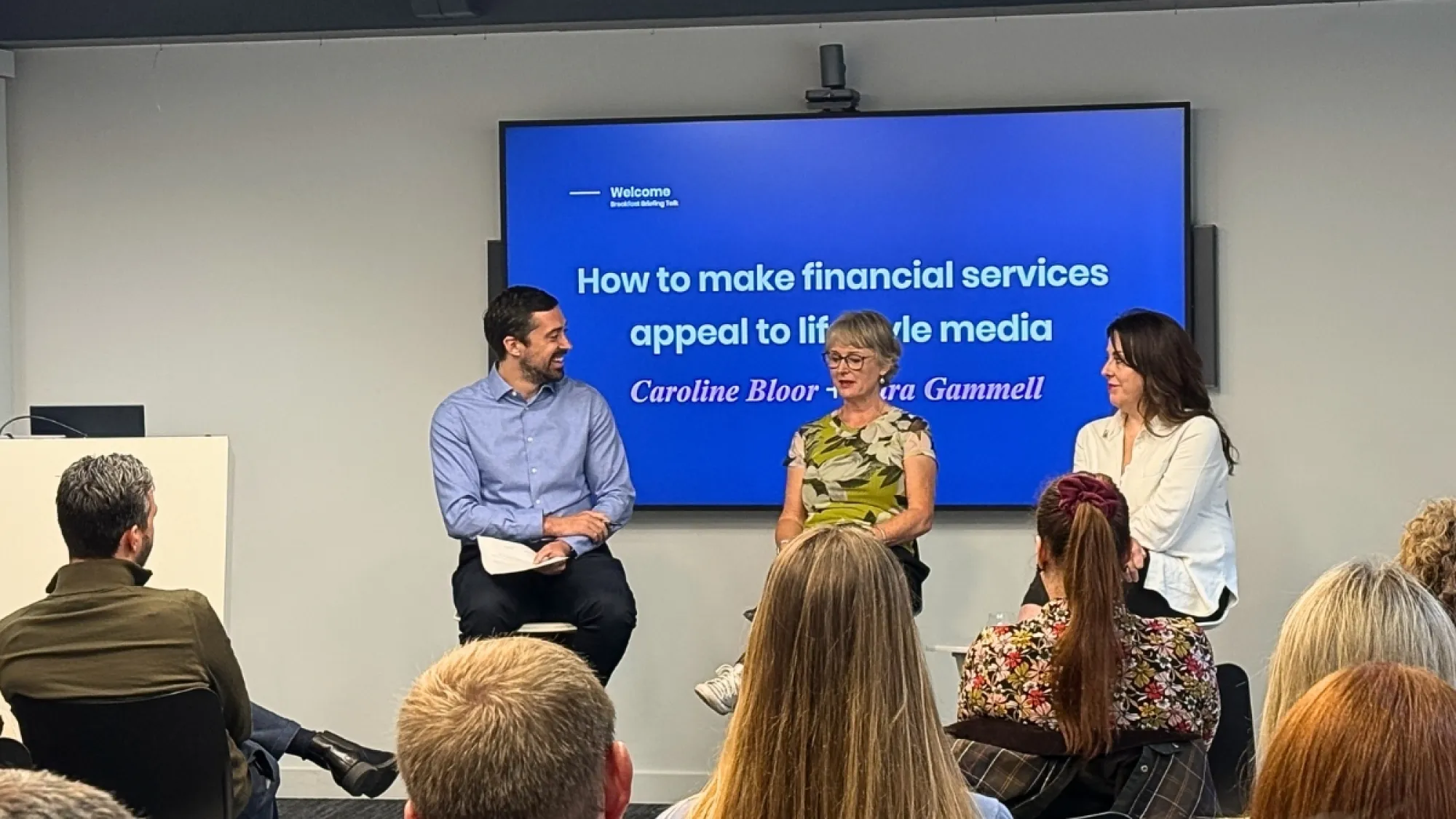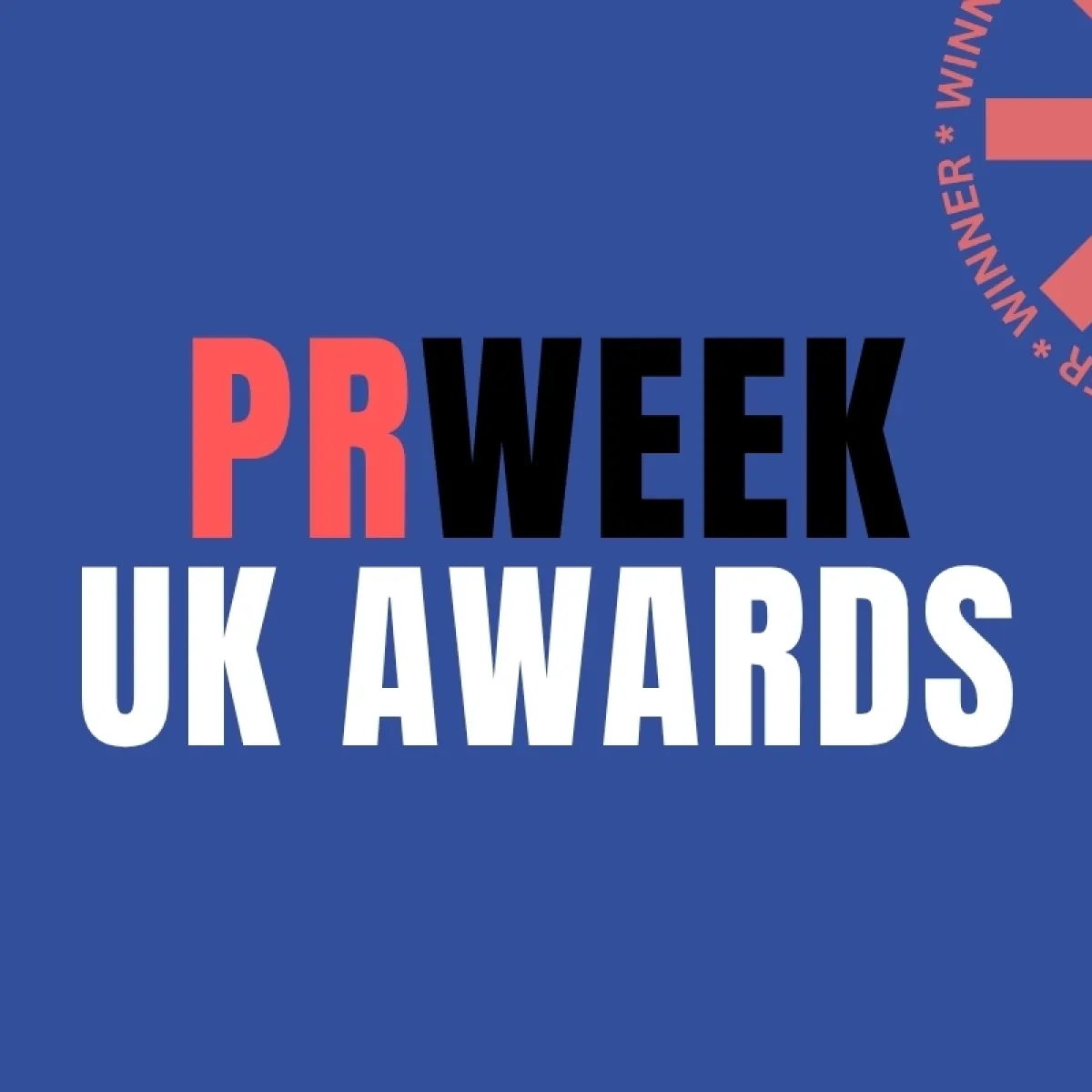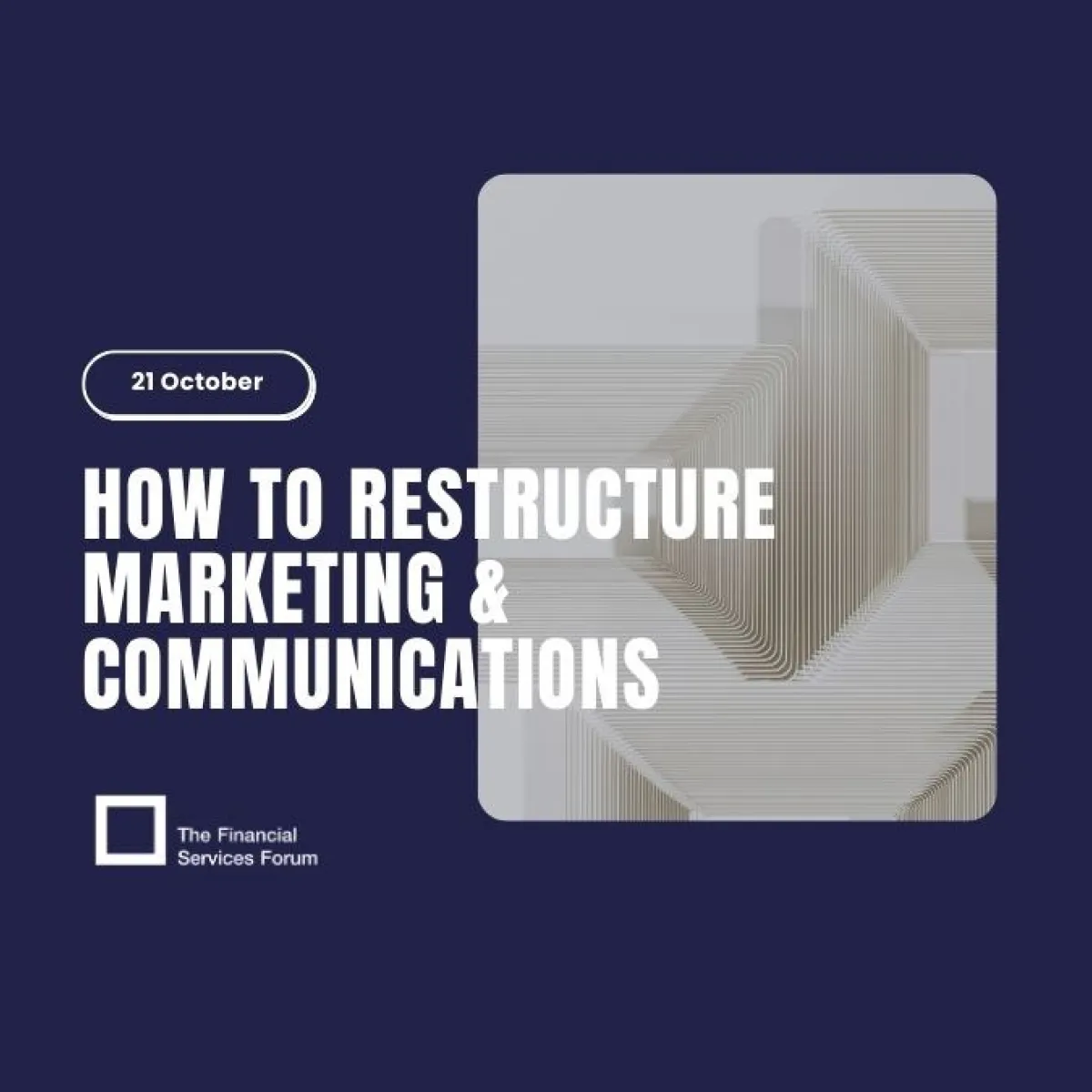This website uses cookies. Learn more
Making financial services relevant to lifestyle media
Anthony Cornwell, Director at Lansons shares insights from our recent breakfast talk on lifestyle media and the opportunities for financial services companies to speak to their audiences.


Recently, we hosted a lively discussion (June 2025) exploring the unlikely intersection of financial services and lifestyle media. Media space is shrinking and FS brands are exploring new avenues to reach their audiences, and lifestyle media is one area they are targeting as they expand their sphere of influence.
Hosted by Anthony Cornwell, Director at Lansons, the session brought together consumer money writing experts, Caroline Bloor and Kara Gammell.
Here are the standout insights from the event - and what this means for brands trying to break through to lifestyle media titles.
How to make financial services appeal to lifestyle media
1. Trusted lifestyle brands stand the test of time
We’ve all seen the transition from traditional print media to digital formats, including social media and podcasts. But millions of people in the UK still read lifestyle magazines. These are trusted brands that have real audience engagement. And they want evergreen content – including money content – that can maintain its relevance over time.
2. Effective media pitches
Lifestyle journalists need fresh, unique angles, supported by detailed statistics, case histories, and concise, relatable expert quotes. Understanding journalists’ needs and tailoring ideas specifically for them and the magazines they are writing for is vital. Ultimately stories need to be accessible, useful and easy for anyone to understand. Think about creating ‘news you can use’.
3. Relationships rule
Investing in genuine relationships with journalists improves idea generation and pitching success. Informal meetings, such as lunches, have long-term positive effects on collaboration and journalists remember, and respond to, those who have invested the time in helping them.
4. Finger on the pulse
Staying tuned into everyday conversations and emerging trends is crucial. Collaborating with lifestyle brands requires anticipating long deadlines and working proactively, but simple topics can spark high engagement and traffic. And it’s not always possible to anticipate the next big story with data. At the start of 2020 few were predicting Covid-19 would be the dominating news story, across all media verticals, for years to come.
5. Keep it compliant
Compliance is your friend. Journalists need to know they can trust what they are getting from companies. Providing substantiated data ensures accuracy and trustworthiness, while having a ready bank of approved case studies enables quick response and increases media placement opportunities.
6. Be where your audience is
Companies should engage where their audience already is—magazines, newspapers, podcasts - and use tools like the Readly app to monitor relevant content and contributors. Building relationships with freelance writers and features editors helps companies better understand audience needs. And tools like Google Alerts help keep companies informed and responsive to media needs.
Final thoughts: The key to cracking lifestyle media
Caroline and Kara made it clear there are lots of opportunities to support lifestyle editorial – all it requires is being prepared to do the work. Work hard to build relationships with journalists and create compelling, well-targeted stories backed by data and case studies.
But they also identified paying to place advertorials in lifestyle media as well worth FS brands investing in. Ultimately, it’s not always possible for technical financial subjects to feature in every lifestyle title, but a well-crafted advertorial written by an experienced journalist can position a company’s message to a previously unreachable audience with creativity and care.
**
Looking ahead: Our next event
Join us for our upcoming event, this July, “The Labour Government: One Year On,” where we hear from a panel of leading voices from politics, public affairs and the media, reflecting on the Labour Party's progress since the election and what lies ahead for business and industry.
Stay in the loop with our experts




New Business: to find out how we can help you, contact our dedicated new businesss team consultancy@lansons.com
Careers: we’d love to hear from you, please visit our careers hub











